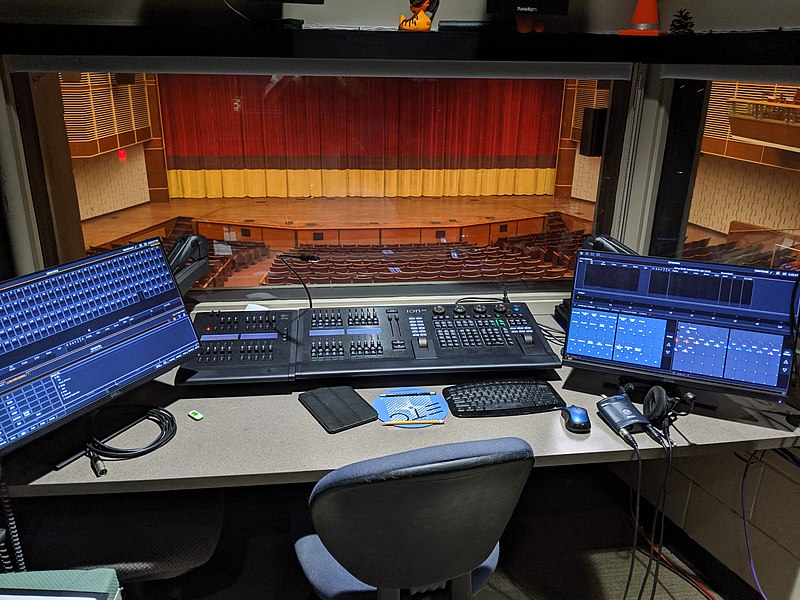BMS (building management system)

HVAC
Heating, ventilation, and air conditioning (HVAC) is the use of various technologies to control the temperature, humidity, and purity of the air in an enclosed space. Its goal is to provide thermal comfort and acceptable indoor air quality.
Ventilating or ventilation (the "V" in HVAC) is the process of providing unpleasant smells and excessive moisture, introduces outside air, keeps interior building air circulating, and prevents stagnation of the interior air.
Lighting
Lighting can be turned on, off, or dimmed with a building automation or lighting control system based on time of day, or on occupancy sensor, photosensors and timers. One typical example is to turn the lights in a space on for a half-hour since the last motion was sensed.
All lighting control consoles can control dimmers which control the intensity of the lights. Many modern consoles can control Intelligent lighting (lights that can move, change colors and gobo patterns), fog machines and hazers, and other special effects devices


Security
The building security and control system is designed to monitor and control mechanical and electrical installations, fire protection and escape, burglary, assault and emergency communication.
Access control system, at its most basic form, is a way to ensure only authorized people are able to enter your building a layer of security and protection for your residents, employees, information, and assets.
Power-over-ethernet (which can operate a pan-tilt-zoom camera are installed
Alarms may immediately notify someone or only notify when alarms build to some threshold of seriousness or urgency.
Fire alarm panels and their related smoke alarm systems are usually hard-wired to override building automation. If the smoke alarm is activated, all the outside air dampers close to prevent air coming into the building, and an exhaust system can isolate the blaze.
